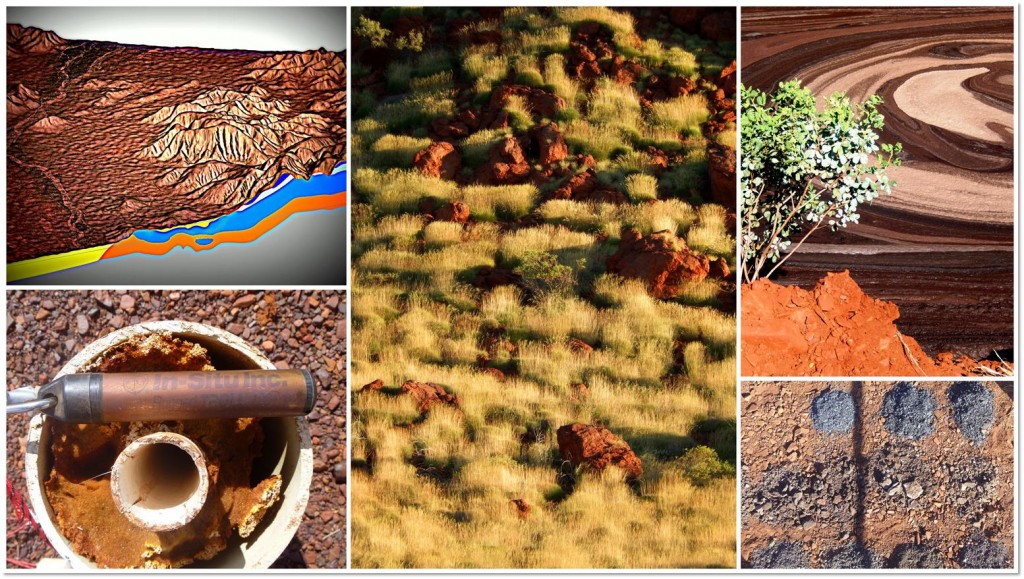The Pilbara region in Western Australia is one of the world’s most important iron ore mining hubs. Of the estimated resource total of 24 billion tonnes in the Pilbara, Australia’s recent ore-graded output has been approximately 714 million tonnes in 2014, second only to China in the world’s list of producers.
MWH hydrogeology team in Perth is currently working together with a major iron ore producer on an expansive hydrogeological investigation of the largest iron ore deposit in the Pilbara, in the region of the iconic Fortescue Marsh. The source of iron ore is metasomatically-altered banded iron formation typical for the Pilbara. A large part of the orebody is situated below water table and is possibly influenced by saline groundwater that is thought to extend radially from the Marsh. The environmental sensitivity of the Marsh, the aspects of which will be evaluated with regards to future mining, may be amplified by potentially cumulative effects of concurrent mining development by other mining companies.
The hydrogeological investigation program includes delivery of strategically located production bores, vibrating wire piezometers, and hydrogeological monitoring bores to a total estimated drilling length in excess of 2,700 m in challenging drilling conditions, using dual rotary rigs. The aquifer drilling and hydraulic testing program, including monitoring of existing monitoring installations, will provide data for understanding of the subsurface hydrogeological structures, enhanced hydrogeological conceptualisation and numerical modelling that would subsequently inform future mine planning, development and environmental approvals.
This work was awarded on the back of several hydrogeological investigation projects recently successfully delivered for the client by the hydrogeology team at MWH in Perth.

